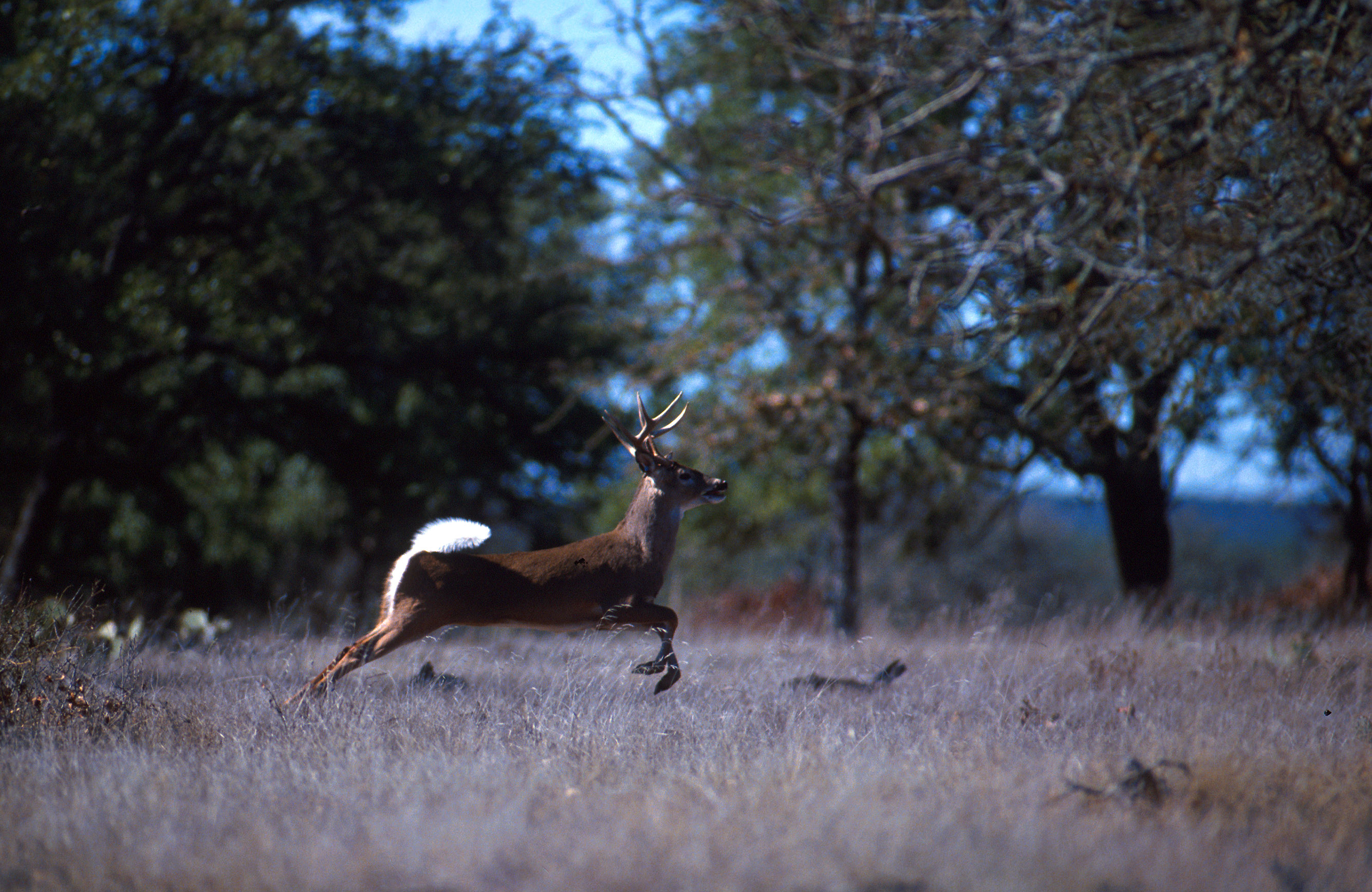Source google.com.pk
Deer Run Ever Fast
The loathsome deer tick, now known as the black-legged tick, is defined more by the disease it spreads than by its own characteristics.
These blood-sucking members of the arachnid family were vaulted into the public consciousness in the mid-1970s when it was discovered that they are the primary (and possibly only) transmitters, or vectors, for Lyme disease.
Lyme disease is a debilitating, though rarely fatal, infection that is often misdiagnosed because early symptoms closely resemble the flu. Victims usually have a slowly-spreading bull’s-eye-shaped rash where the tick attached, but not always. If untreated by antibiotics, patients can develop a variety of health problems, including facial paralysis, heart palpitations, arthritis, severe headaches, and neurological disorders.
Associated mainly with the Northeast, deer ticks live throughout the central and eastern United States, wherever their favorite hosts, deer and rodents, are present. Western black-legged ticks live west of the Rocky Mountains and are also vectors for Lyme disease.
Significantly smaller than the more commonly encountered dog tick, adult female deer ticks are about as big as a sesame seed and have reddish hind bodies with black dorsal markings. Males are slightly smaller than females and are solid dark brown.
Deer ticks live about two years and go through four life phases: egg, larva, nymph, and adult. They feed exclusively on animal blood and eat only three times during their lives: once to molt from larva to nymph; once from nymph to adult; and once as adults to lay eggs. They can contract the bacteria that causes Lyme disease from an infected host at any of these feedings, but transmit it only during the second or third. They must remain attached for at least 24 hours for the bacteria to transmit.
Larvae are miniscule, no bigger than the period at the end of this sentence, and feed only on birds or mice. Nymphs are about as big as a poppy seed, but, like adults, will seek larger hosts, including deer, dogs, and humans. Adult females mate on or off a host then feed for several days, swelling to twice their normal size. Once engorged, they drop off, lay their eggs amid the leaves, and die.
Lyme disease is currently one of the fastest-growing vector-borne diseases in the United States. More than 14,000 cases are reported annually, but because symptoms so closely resemble the flu and usually go away without treatment, scientists estimate as many as nine out of every ten cases go unreported.





Deer Run Ever Fast
The loathsome deer tick, now known as the black-legged tick, is defined more by the disease it spreads than by its own characteristics.
These blood-sucking members of the arachnid family were vaulted into the public consciousness in the mid-1970s when it was discovered that they are the primary (and possibly only) transmitters, or vectors, for Lyme disease.
Lyme disease is a debilitating, though rarely fatal, infection that is often misdiagnosed because early symptoms closely resemble the flu. Victims usually have a slowly-spreading bull’s-eye-shaped rash where the tick attached, but not always. If untreated by antibiotics, patients can develop a variety of health problems, including facial paralysis, heart palpitations, arthritis, severe headaches, and neurological disorders.
Associated mainly with the Northeast, deer ticks live throughout the central and eastern United States, wherever their favorite hosts, deer and rodents, are present. Western black-legged ticks live west of the Rocky Mountains and are also vectors for Lyme disease.
Significantly smaller than the more commonly encountered dog tick, adult female deer ticks are about as big as a sesame seed and have reddish hind bodies with black dorsal markings. Males are slightly smaller than females and are solid dark brown.
Deer ticks live about two years and go through four life phases: egg, larva, nymph, and adult. They feed exclusively on animal blood and eat only three times during their lives: once to molt from larva to nymph; once from nymph to adult; and once as adults to lay eggs. They can contract the bacteria that causes Lyme disease from an infected host at any of these feedings, but transmit it only during the second or third. They must remain attached for at least 24 hours for the bacteria to transmit.
Larvae are miniscule, no bigger than the period at the end of this sentence, and feed only on birds or mice. Nymphs are about as big as a poppy seed, but, like adults, will seek larger hosts, including deer, dogs, and humans. Adult females mate on or off a host then feed for several days, swelling to twice their normal size. Once engorged, they drop off, lay their eggs amid the leaves, and die.
Lyme disease is currently one of the fastest-growing vector-borne diseases in the United States. More than 14,000 cases are reported annually, but because symptoms so closely resemble the flu and usually go away without treatment, scientists estimate as many as nine out of every ten cases go unreported.
Deer Run Ever Fast

Deer Run Ever Fast

Deer Run Ever Fast

Deer Run Ever Fast

Deer Run Ever Fast

Deer Run Ever Fast
Deer Run Ever Fast


No comments:
Post a Comment